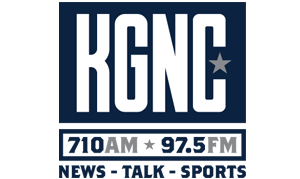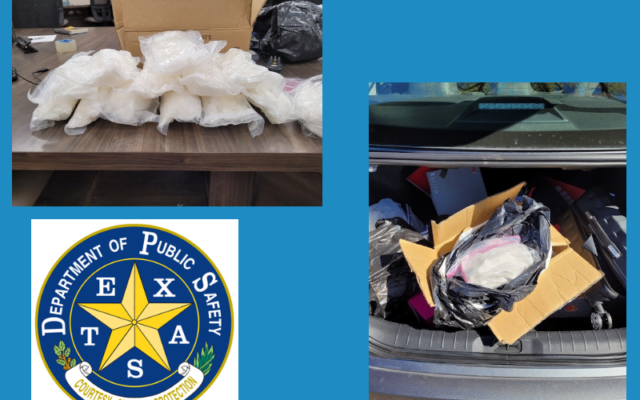2021 High Plains Budgets, Profitability Analyzer Available to Producers

As producers begin planning for their new cropping season, the Texas A&M AgriLife Extension Service has released the 2021 District 1 Texas Crop and Livestock Budgets and an updated 2021 High Plains Crop Profitability Analyzer budgeting tool.
The spreadsheet crop and livestock budgets are intended for those agricultural producers who wish to customize these budgets for their own operations, said Justin Benavidez, Ph.D., AgriLife Extension economist in Amarillo.
“We saw an increase in grain prices over the last year, especially with sorghum, as well as lower fuel prices,” Benavidez said. “By utilizing our decision aids, producers can make management decisions on the optimal crop mix for their land under current market conditions.”
DeDe Jones, AgriLife Extension risk management specialist, Amarillo, said these tools originated in 2016, created by a team of AgriLife Extension and Texas A&M AgriLife Research faculty, along with a producer advisory committee.
Jones said while the budgeting tool employs High Plains’ budgets, the program’s flexibility makes it usable in other areas of the country as well.
The irrigated crops available for analysis are alfalfa, canola, corn, corn silage, cotton, peanuts, sorghum, sorghum seed, sorghum silage, sorghum Sudan grass, soybeans, sunflowers, triticale and wheat. Dryland crops include canola, cotton, sorghum, sorghum Sudan grass, sunflowers and wheat.
Benavidez said the budget cost estimates are local High Plains averages and producers using it can and will need to modify the prices, input costs and yields to fit their operations. The spreadsheet contains four sections where analysis is performed: enterprise budgets that require user input, breakeven price estimates, comparative returns and optimal irrigation analysis.
“Our crop profitability analyzer compliments the budgets really well by allowing producers to reflect their own operations by changing prices and yields, etc.,” Jones said.
The comparative section provides the expected revenue, out-of-pocket and total costs for each of the crops, Benavidez said. The irrigation section allows a producer to identify their optimal crop mix by taking into consideration the water available and any water-use restrictions that apply.



